Europe draws millions of visitors each year, all chasing that perfect vacation experience. Yet some of the continent’s most famous destinations have become victims of their success — overcrowded, overpriced, and frankly underwhelming when you finally arrive. Social media hasn’t helped either, creating unrealistic expectations that rarely match reality.
While these places aren’t necessarily terrible, they often fail to deliver the magical experience their reputation promises. Instead of fighting crowds and emptying your wallet, you might find better adventures in lesser-known gems nearby. Here is a list of 20 European hotspots that might leave you wondering what all the fuss was about.
Trevi Fountain, Rome
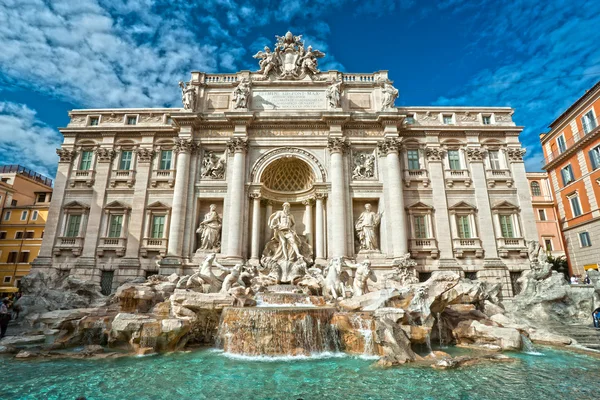
The coins keep flying, but the experience feels more like sardine-packed chaos than romantic wish-making. Thousands of tourists jostle for the perfect selfie while pickpockets work the distracted crowds.
You’ll spend more time navigating human traffic than actually enjoying this baroque masterpiece — and good luck getting that classic photo without someone’s elbow in the frame.
Times Square of London
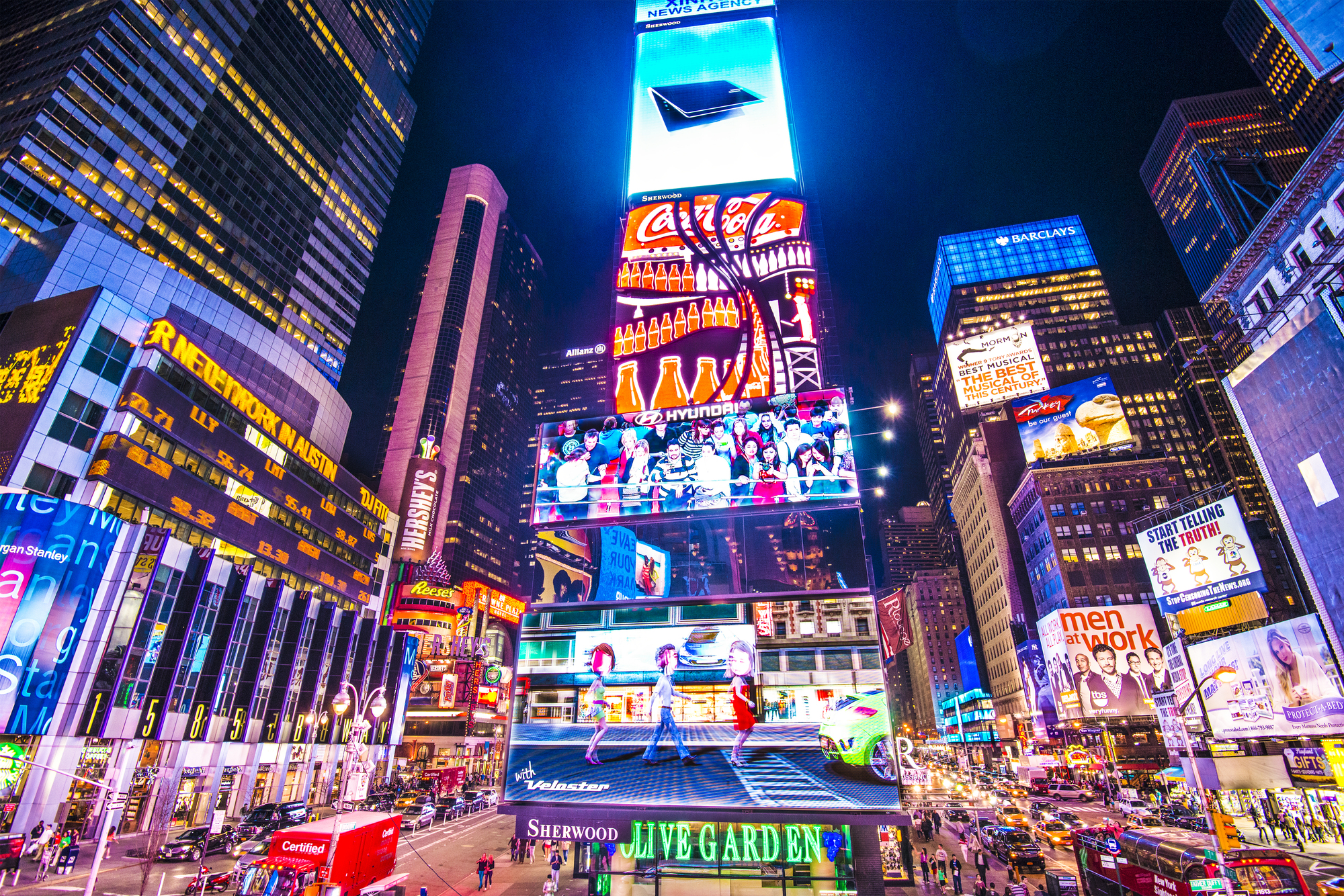
Piccadilly Circus, London buzzes with neon lights and chain restaurants that you could find anywhere else in the world. This supposed heart of London offers little authentic British culture beyond overpriced theater tickets and tourist traps.
The surrounding streets provide far more genuine London experiences without the commercial circus atmosphere.
Like Travel Pug’s content? Follow us on MSN.
Santorini’s blue domes, Greece

Those Instagram-perfect white buildings come with Instagram-perfect prices that’ll make your credit card weep. The island’s beauty is undeniable, yet the summer crowds transform narrow streets into slow-moving human rivers.
Many visitors discover that the famous blue domes are just a tiny section of Oia — and you’ll wait hours for an unobstructed photo.
Neuschwanstein Castle, Bavaria

Disney’s inspiration looks magical from afar, but the interior tour feels surprisingly brief and restricted. The castle was never completed as intended, leaving many rooms empty or hastily finished.
Visitors often spend more time in shuttle buses and waiting lines than actually exploring this fairy-tale fortress that’s more style than substance.
Times Square of Paris
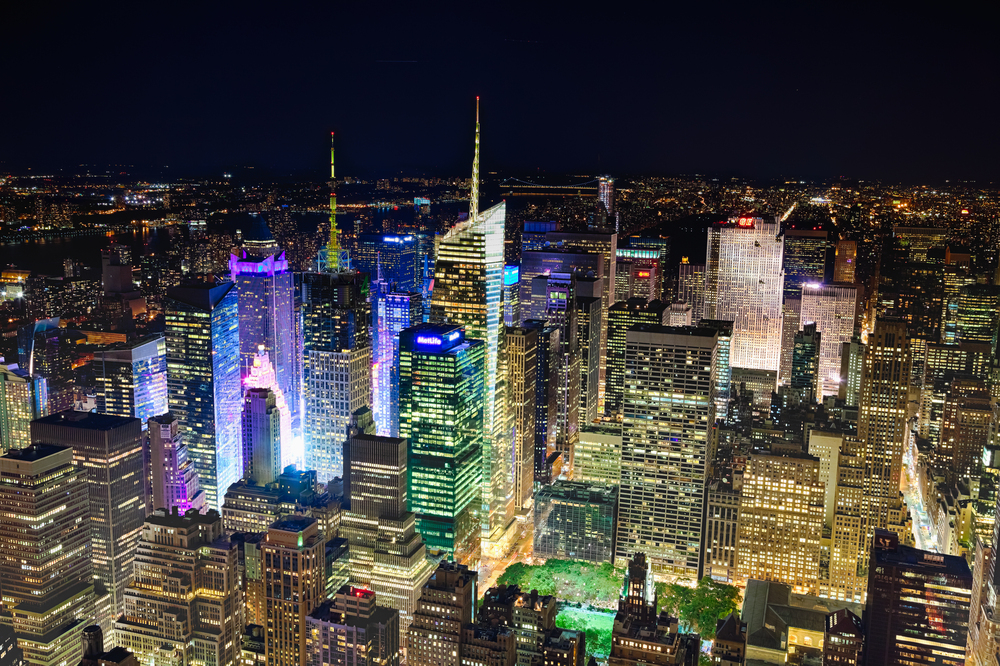
The Champs-Élysées, Paris has morphed into a high-end shopping mall lined with international brands you’ll find in any major city. Authentic Parisian charm gets buried under commercial glitz while sidewalk hawkers push cheap souvenirs.
The nearby side streets offer more genuine French atmosphere without the tourist theater.
Like Travel Pug’s content? Follow us on MSN.
Leaning Tower of Pisa, Italy

This architectural accident takes about ten minutes to see — then you’re left wondering why you detoured here. The surrounding Field of Miracles feels more like a souvenir-selling carnival than a historic site.
Most travelers realize they could’ve seen better Italian architecture without the crowds and inflated parking fees.
La Rambla, Barcelona

Barcelona’s famous pedestrian street has become a pickpocket’s paradise where authentic culture gets drowned out by street performers and tourist restaurants. The food prices skyrocket while quality plummets, and you’ll find more genuine Spanish experiences just a few blocks away.
Even locals avoid this strip unless necessary.
Temple Bar, Dublin
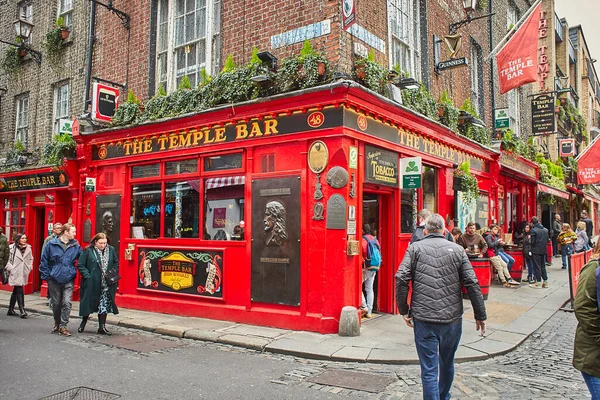
Dublin’s cultural quarter has transformed into an expensive theme park version of Irish pub culture. The traditional music often feels performative rather than authentic, while pint prices reach eye-watering heights.
Genuine Irish craic happens in neighborhood pubs where locals drink — not here.
Like Travel Pug’s content? Follow us on MSN.
Red Light District, Amsterdam

Beyond the initial shock value, this area offers little substance for most visitors. The constant crowds, aggressive hawkers, and seedy atmosphere create an uncomfortable experience that doesn’t represent Amsterdam’s rich cultural offerings.
The city’s canal districts and museums provide far more meaningful encounters with Dutch heritage.
London Eye, England
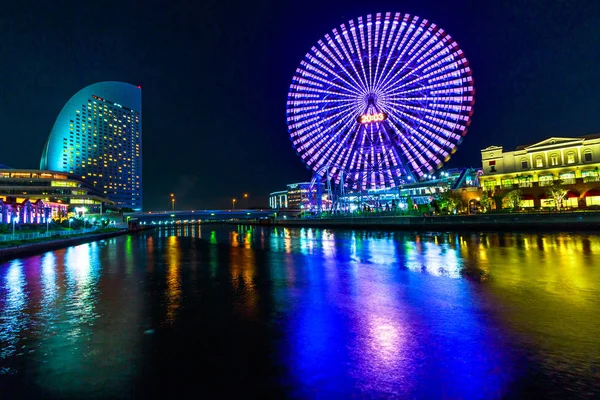
This giant Ferris wheel moves so slowly you’ll question whether it’s rotating. The views are decent but not spectacular enough to justify the premium pricing and lengthy queues.
London’s skyscrapers and historic landmarks offer better vantage points without the tourist-trap atmosphere.
Manneken Pis, Brussels
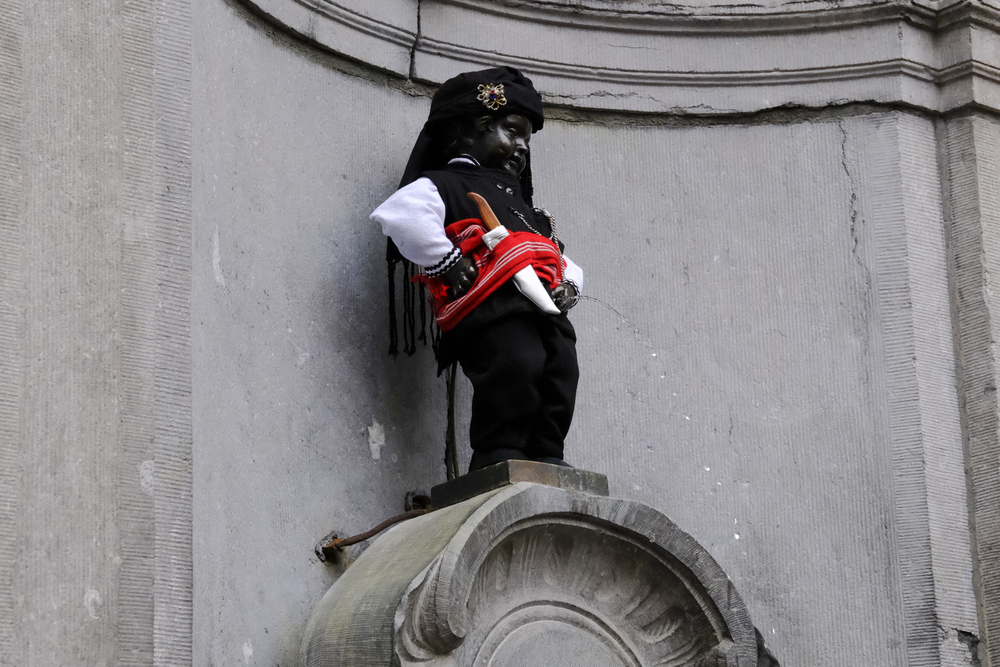
Europe’s most famous urinating statue stands barely two feet tall — seriously. Visitors often stare in disbelief that they traveled across the city to see this tiny bronze figure.
Brussels offers incredible architecture, chocolate, and beer culture that make this overhyped statue seem even more ridiculous by comparison.
Like Travel Pug’s content? Follow us on MSN.
Mona Lisa room, Paris

Fighting through the Louvre’s crowds to glimpse a small painting behind bulletproof glass feels more like a pilgrimage gone wrong. The artwork sits so far from viewers that postcards provide a better view, while the surrounding Renaissance masterpieces get ignored.
The museum’s other galleries offer more rewarding art experiences without the human zoo atmosphere.
Checkpoint Charlie, Berlin

This recreation of the famous Cold War crossing point has become a tourist trap, complete with actors in military costumes. The authentic historical significance gets buried under souvenir shops and staged photo opportunities.
Berlin’s actual preserved sections of the Wall and related museums provide genuine historical insight without the theatrical nonsense.
Little Mermaid statue, Copenhagen
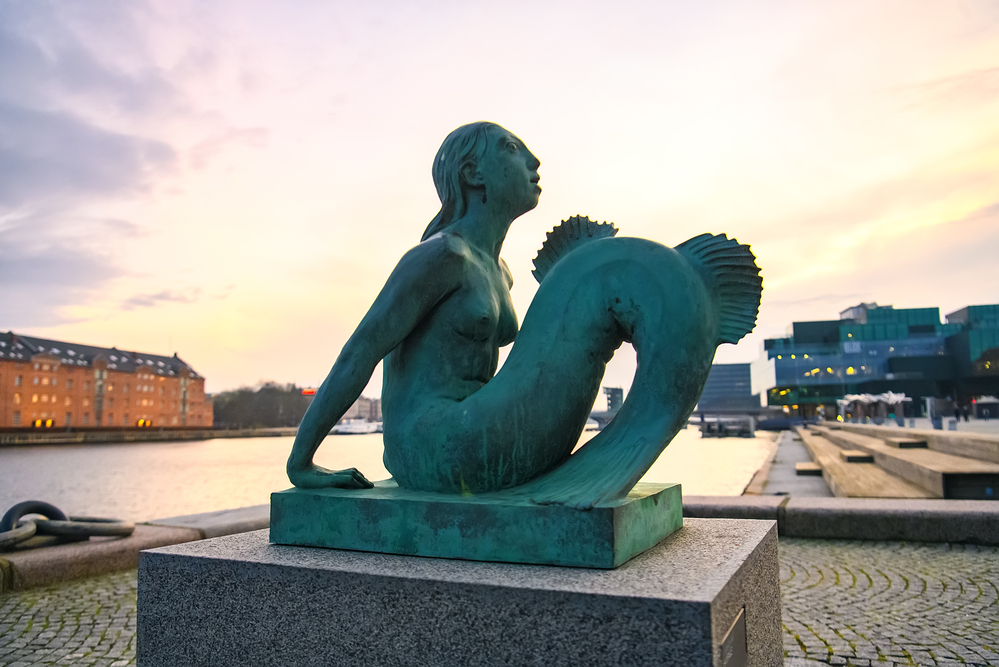
Hans Christian Andersen’s inspiration sits alone on a rock, looking surprisingly small and unremarkable. Most visitors snap a quick photo and leave within minutes, wondering why this modest sculpture became Copenhagen’s symbol.
The city’s colorful harbor districts and historic sites offer much more engaging Danish culture.
Like Travel Pug’s content? Follow us on MSN.
Stonehenge, England

These ancient stones are undeniably mysterious, but modern barriers keep visitors frustratingly distant from the actual monument. The experience feels more like viewing a historic site through a fence than connecting with ancient mysteries.
Nearby stone circles offer closer encounters with prehistoric Britain without the crowds and restrictions.
Mount Vesuvius, Italy
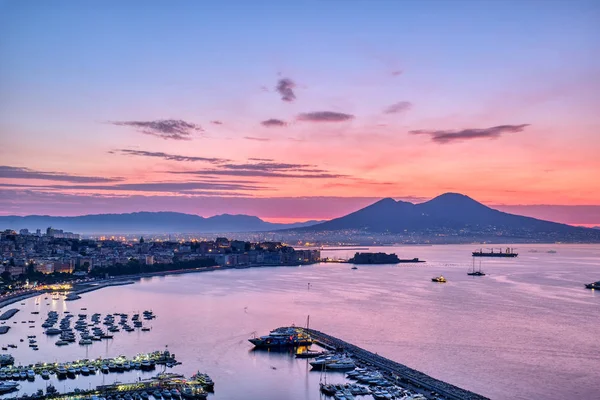
The climb to this famous volcano’s crater proves surprisingly underwhelming for most visitors. The rocky trail offers little scenic variety, while the summit views get obscured by crowds and haze.
Italy’s other volcanic regions provide more dramatic landscapes and genuine geological experiences without the tourist-bus chaos.
Oktoberfest, Munich

Bavaria’s beer celebration has evolved into an expensive, overcrowded party that barely resembles traditional German festival culture. The authentic folk atmosphere gets drowned out by international party-goers while beer prices reach festival-premium levels.
Munich’s year-round beer gardens offer more genuine Bavarian experiences with better value and local atmosphere.
Like Travel Pug’s content? Follow us on MSN.
Hallstatt village, Austria
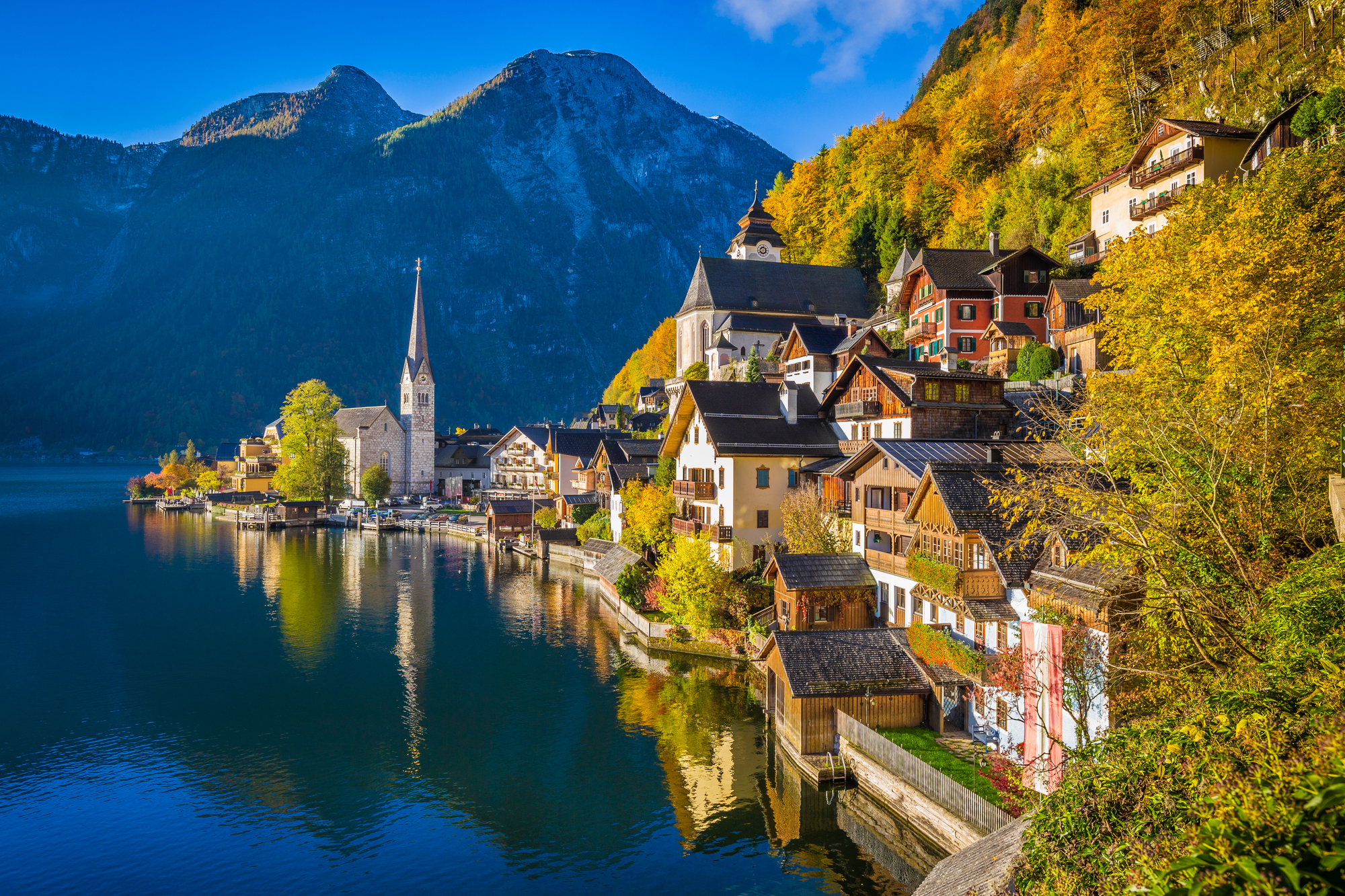
This picture-perfect Alpine village has become a victim of social media fame, with tour buses overwhelming its narrow streets daily. The authentic Austrian mountain culture struggles to survive under the weight of selfie-taking crowds.
Nearby Alpine villages offer similar stunning scenery with actual local life still intact.
Brighton Pier, England

This seaside attraction feels more like a dated amusement park than a charming coastal experience. The arcade games, carnival rides, and fish-and-chips stands create an artificial atmosphere that doesn’t capture England’s genuine seaside heritage.
Brighton’s actual beach culture and historic lanes provide more authentic British coastal experiences.
Keukenhof Gardens, Netherlands
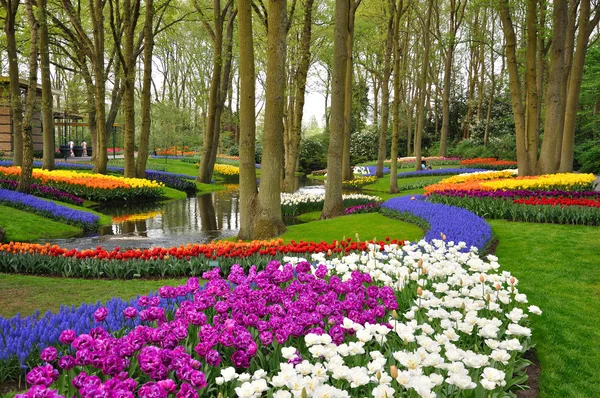
These famous tulip gardens operate for only eight weeks annually, creating artificial scarcity that drives massive crowds and premium pricing. The manicured displays feel more like outdoor shopping mall landscaping than natural Dutch countryside.
Holland’s actual bulb-growing regions offer more authentic encounters with the nation’s flower heritage throughout longer seasons.
Like Travel Pug’s content? Follow us on MSN.
Looking beyond the postcards
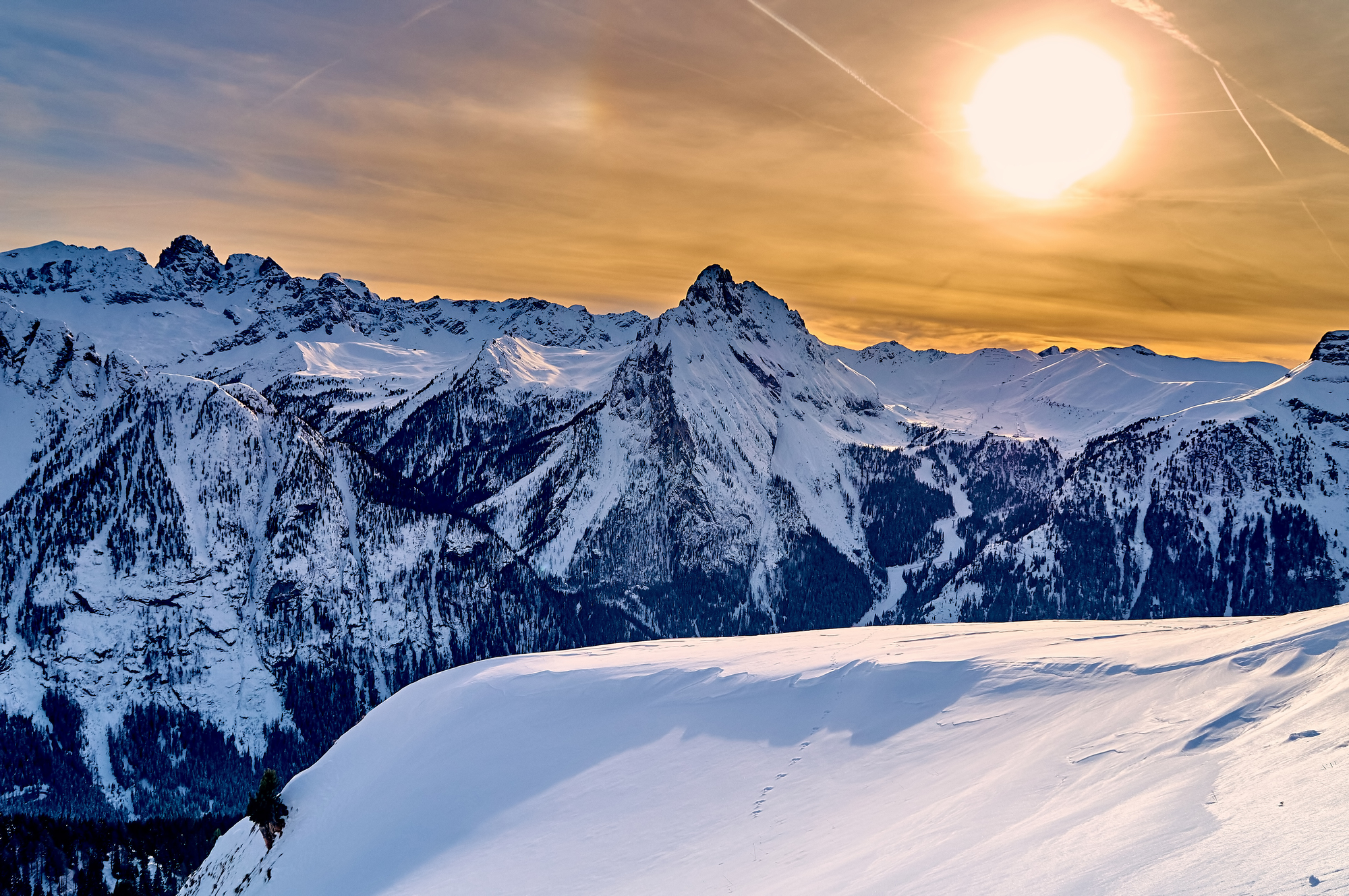
These overrated destinations aren’t necessarily bad places — they’ve simply become victims of their marketing success. The real magic of European travel often happens in the spaces between famous attractions, where authentic culture thrives without the pressure of living up to impossible expectations. Smart travelers learn to dig deeper, exploring the neighborhoods where locals live and the traditions that haven’t been packaged for mass consumption.
The most memorable European experiences rarely come with entrance fees or designated photo spots. They emerge from spontaneous conversations in small-town cafes, stumbling upon local festivals, or discovering hidden architectural gems that guidebooks haven’t discovered yet. Sometimes the best travel advice is knowing what to skip so you can find what’s worth experiencing.
More from Travel Pug

- 20 Best Beach Towns in the Carolinas
- 13 Destinations Where Tourists Regularly Regret Their Trip
- 20 Things You Actually Get in First Class
- 20 Small Airports With Aviation Museums
- 20 Places in the U.S. That Are Perfect for a Reset Trip
Like Travel Pug’s content? Follow us on MSN.
